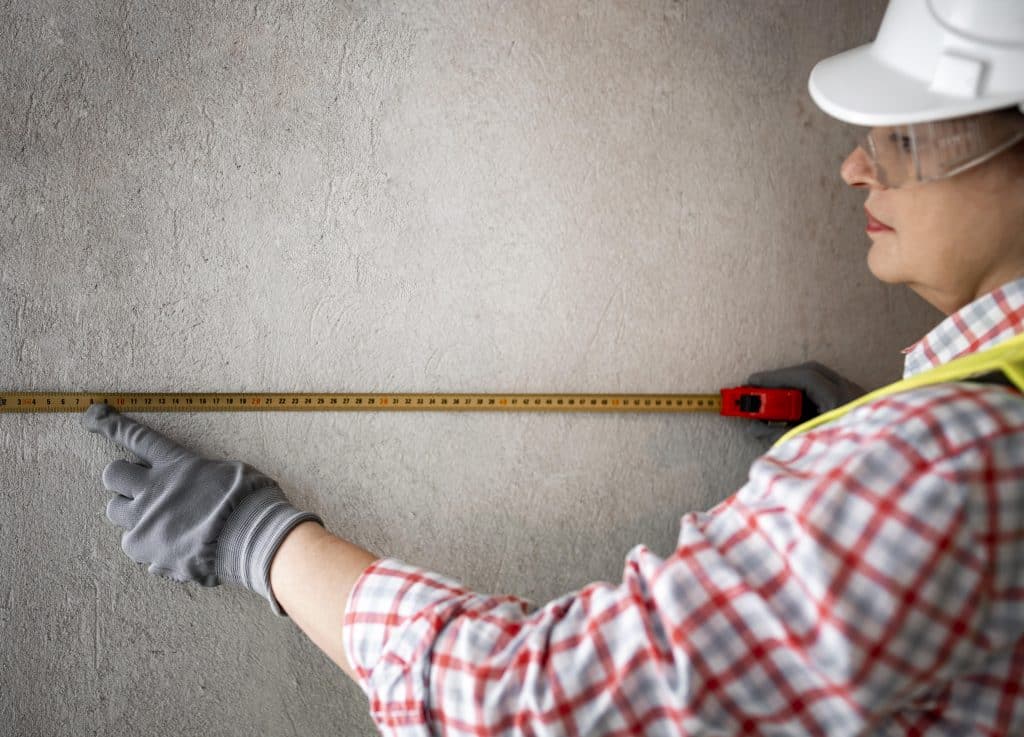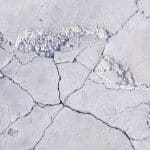Contents
Foundation cracks in buildings often go unnoticed until the building is damaged, and so they become more than just superficial issues. These cracks are indicators of underlying structural maladies that can lead to substantial damage and necessitate costly restorations. Such issues, often related to the foundation’s stability, can significantly inflate the underpinning basement cost, a main aspect of structural reinforcement.
For homeowners, understanding the reasons behind such foundation disruptions is a life event. This includes recognizing when underpinning impacts the overall cost of maintenance.

Swift and informed action, which may sometimes involve the costly but essential process of underpinning, can effectively curtail further degradation of the structure. This not only ensures the edifice’s safety but also contributes to its enduringness, potentially saving significant amounts in long-term repair and restoration costs.
Being proactive about such issues and understanding the financial implications of underpinning can help in making informed decisions about property maintenance, ultimately safeguarding the integrity and longevity of the building.
Foundation Cracks
To keep the structural integrity of your home, you first need to fix cracks in your basement.
These cracks vary widely in their magnitude and intensity, signaling deeper structural challenges that may lurk beneath the surface.
Smaller hairline cracks are often less alarming and may be attributed to natural settling or minor shifts. However, broader, spreading cracks are stark indicators of potential structural calamities that can escalate if not addressed. This is where understanding the role of underpinning becomes critical.
As homeowners contemplate the necessity of underpinning and its associated costs, they must recognize that broader cracks could significantly increase the underpinning basement cost, given the more extensive work required to stabilize the structure.
When considering the primary factors leading to foundation cracks, a multitude of elements come into play. Each with the potential to weaken the structural core of a building.
These factors can range from natural soil movements, environmental changes, to poor construction practices. In cases where these factors lead to substantial foundation weakening, underpinning becomes an essential consideration.
This is especially true when the structural integrity is compromised to an extent where normal repairs are insufficient. The underpinning basement cost in such scenarios is a critical factor for homeowners and property managers.
Understanding these underlying causes of foundation probs aids in their timely identification and repair and helps in estimating the potential costs involved in underpinning, which can be a significant financial undertaking.
Thus, awareness of the diverse nature of foundation gaps and the factors leading to them is not just about identifying and addressing the immediate issue. It also involves a broader understanding of the implications, including the potential need for underpinning and the financial commitments it entails.
This comprehensive approach to foundation care is essential for ensuring the long-term stability and safety of the building, while also managing the underpinning basement cost effectively.
Soil shift and settlement
- Fluctuations in expansive clay soils with moisture variations;
- Settling of inadequately compacted soil creating irregular support;
- Varied settling causing autonomous movement of foundation sections.
Hydraulic damage and inefficient drainage
- Accumulation of water from insufficient drainage;
- Escalated hydrostatic force due to soil wetness;
- Formation of horizontal and vertical cracks.
Inferior construction supplies and practices
- Foundation weakening due to subpar materials;
- Susceptibilities from flawed building techniques;
- Cracks appear over time.
Meteorological and environmental influences
- Alterations in soil conditions due to severe climatic events;
- Direct impacts on foundations from environmental phenomena like seismic activities;
- Foundation material expansion and contraction with temperature variations.

Vegetation roots and growth
- Pressure exerted on structures by roots seeking moisture;
- Soil desiccation due to root water absorption;
- Intrusion and displacement of foundation materials by roots.
Aging and material erosion
- Gradual degradation of construction materials over time;
- Weakening of materials due to environmental strains;
- Cracks appear as materials lose their original resilience and robustness.
Additional load and structural modifications
- Stress on foundations from increased weight or new additions;
- Redistribution of load due to structural changes;
- Cracks in the foundation result from excess strain.
Recognition of these factors, from natural soil dynamics to man-made influences, is crucial for maintaining a foundation’s health. Periodic assessments and expert consultations are essential for active upkeep and restoration. Tackling these key issues can significantly bolster the foundation’s durability and steadiness.
The Importance of Underpinning in Mending Foundation Cracks
According to a professional waterproofing company in Toronto, underpinning is a pivotal procedure in repairing and bolstering weakened foundations. This method, involving the expansion of the foundation’s depth or width, reallocates the load to firmer soil.
Comprehending the expenses and methodologies involved in underpinning is crucial for homeowners contemplating this approach. Investing in underpinning not only addresses existing problems but also reinforces the foundation against future complications.
Preventive Tactics
Preventative strategies are essential for sustaining a stable foundation and warding off cracks:
- Routine inspections
- Early discovery of problems;
- Noticing structural shifts that hint at foundational issues;
- Expert evaluations for noticed concerns;
- Efficient drainage systems
- Redirecting moisture away from the foundation;
- Ensuring cleanliness and functionality of drainage components like gutters and downspouts;
- Installing extra drainage mechanisms in susceptible areas;
- Considerate landscaping
- Refraining from planting extensive-rooted trees near the foundation;
- Opting for plants with minimal water needs;
- Regular pruning to avert physical harm;
- Ongoing upkeep and repair
- Immediate attention to minor cracks;
- Seeking professional counsel for efficacious restoration;
- Continual surveillance of repaired sections;
- Soil hydration regulation
- Maintaining consistent soil moisture around the foundation;
- Utilizing soaker hoses in times of aridity;
- Avoiding excessive irrigation in the foundation vicinity;
- Foundation impermeabilization
- Application of waterproofing solutions;
- Routine upkeep, particularly following intense precipitation;
- Dedicated care for the foundation is a continuous obligation.
Regular checks, proficient drainage, and judicious landscaping considerably diminish the likelihood of foundation damage. Promptly addressing smaller issues averts their escalation into costlier repairs.
Consistent soil hydration and waterproofing of the foundation are also critical. These practices enable homeowners to safeguard their investments and assure their property’s security and durability. Your project must comply with local building codes.
Conclusion
From natural phenomena like soil movement to man-made problems such as inferior construction, foundation cracks stem from a multitude of origins. Enacting preventive measures and seeking specialized guidance for major concerns is imperative. The substantial commitment to underpinning emerges as a potent remedy for fortifying weakened foundations. Alertness and preventive actions by property owners and managers are indispensable in preserving secure and robust structures.
Underpinning Basement Cost FAQ
-
Why is it so important for homeowners to understand the root causes of foundation cracks?
Because it helps prevent further deterioration and save money on repairs.
-
Should I first repair wide foundation cracks or what?
They can eat into the budget, requiring you to spend money on a retaining foundation, and they can lead to further destruction of the structure. So, the answer is yes.
-
What problems can arise from the use of poor-quality materials?
The use of poor-quality building materials can lead to weakened foundations, cracks, and other problems related to the durability and safety of the building.
-
How does backfill help strengthen a foundation?
Backfill strengthens the foundation by expanding its footprint.
